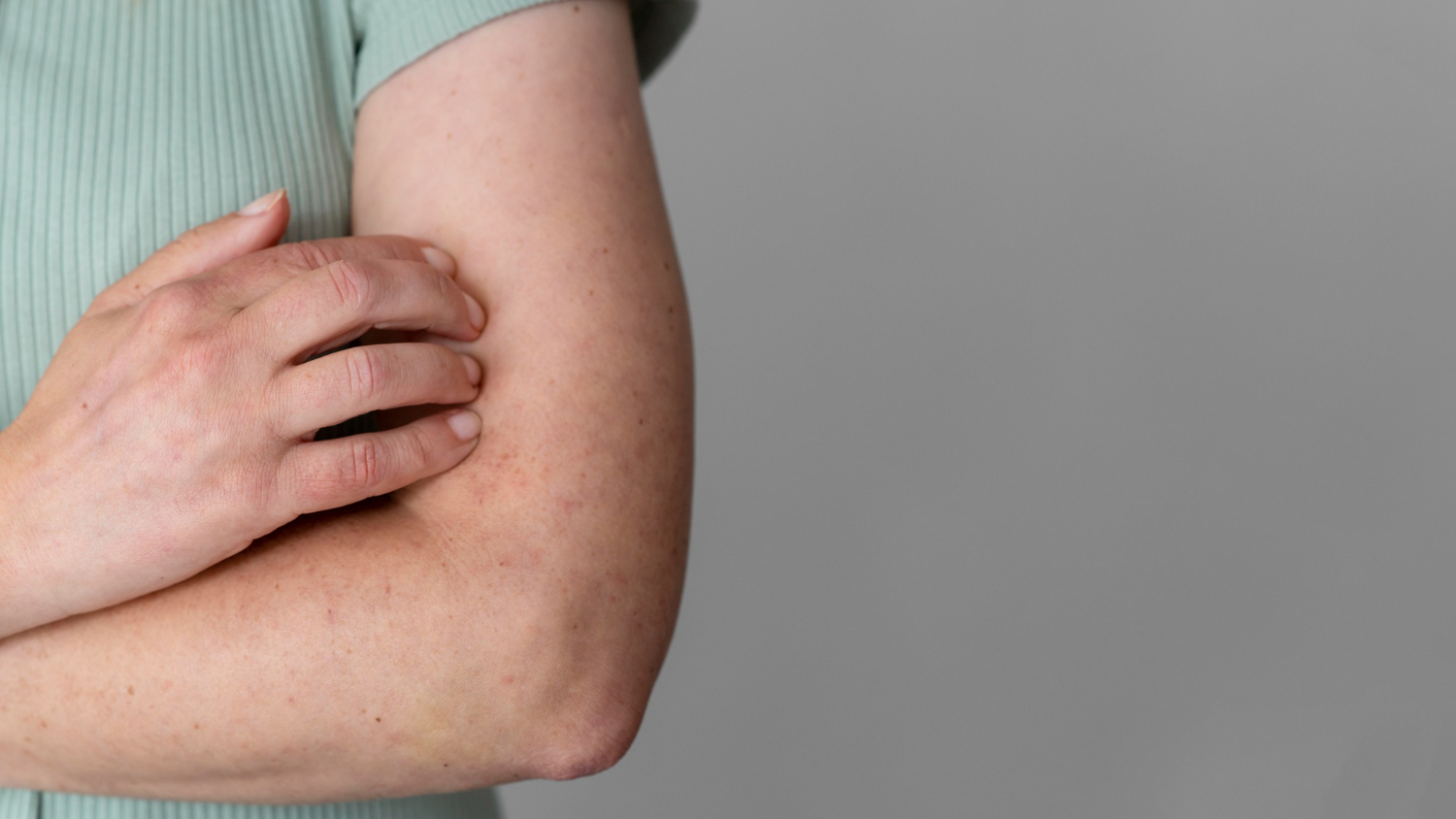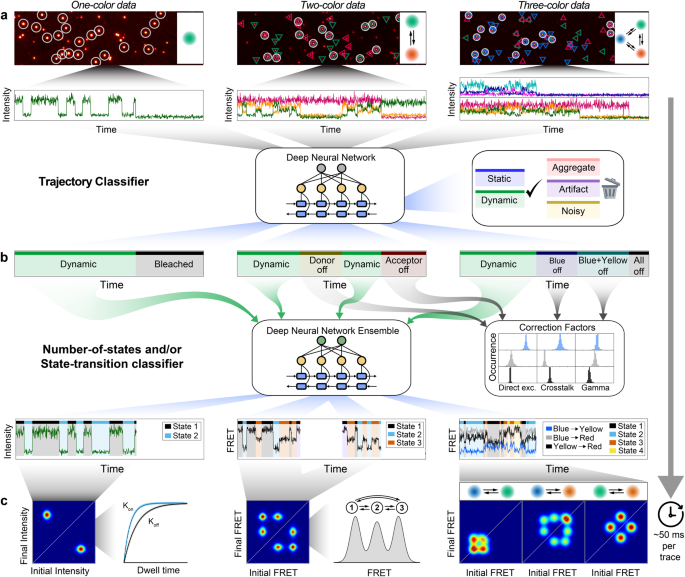2023-10-19 ノースカロライナ州立大学(NCState)

Image by Freepik
◆研究によれば、脳性ナトリウレチックペプチド(BNP)と呼ばれるペプチドがADの発症を活性化する役割を果たしています。ADはかゆみ、刺激された皮膚、皮膚の厚みなどの特徴を持つ皮膚疾患で、BNPはAD患者では上昇しています。
◆研究者は、実験的なADモデルを持つマウスを用いて、BNPがADの特徴的な症状を引き起こす役割を確認しました。結果から、BNPがかゆみの発生に関与している可能性が高いことが示されました。また、ペプチドに関連するプロテインであるペリオスチンは、皮膚の感覚神経と相互作用してかゆみの反応を活性化することも判明しました。BNPは感覚神経から放出され、皮膚のケラチノサイトと呼ばれる細胞に影響を及ぼし、かゆみが発生します。
◆この研究により、ADの発症は感覚神経から始まり、BNPが皮膚のNPR1受容体に結合する能力を阻害するなど、新たな治療戦略の可能性も示唆されました。
<関連情報>
- https://news.ncsu.edu/2023/10/bnp-peptide-a-culprit-in-eczema/
- https://www.jidonline.org/article/S0022-202X(23)02922-6/fulltext
脳性ナトリウム利尿ペプチドがアトピー性皮膚炎モデルマウスにおいて炎症と末梢のかゆみを引き起こす
Brain Natriuretic Peptide Exerts Inflammation and Peripheral Itch in a Mouse Model of Atopic Dermatitis
Joshua J. Wheeler,Nidha Williams,Junho Yu,Santosh K. Mishra
Journal of Investigative Dermatology Published:October 11, 2023
DOI:https://doi.org/10.1016/j.jid.2023.09.273
Atopic dermatitis (AD) is a globally prevalent disease that affects both children and adults, and the incidence of AD is increasing worldwide (Bylund et al., 2020). AD is characterized by dry, inflamed, and itchy skin, but the etiology behind neuroinflammation and itch related to AD skin is only beginning to be understood. The brain natriuretic peptide (BNP), a byproduct of the Nppb gene, is expressed in primary afferent neurons which are known to be responsible for central itch (Mishra and Hoon, 2013), (Pitake et al., 2018,Meng et al., 2018) (Mishra et al., 2020) (Usoskin et al., 2015). Periostin, an extracellular matrix protein is highly expressed in chronic allergic/inflammatory skin diseases and most recently implicated in itch (Hashimoto et al., 2021). However, the precise role of BNP in peripheral skin-derived inflammation and itch remains unclear. Here we sought to investigate the possible mechanistic relationship between BNP and the extracellular matrix protein periostin in neurogenic inflammation and itch using BNP knockout (KO) mice. The current study aimed 1) to examine whether BNP causes peripheral skin inflammation and itch; and 2) to determine if BNP-induced release of periostin (and perhaps additional cytokines) is related to inflammation and itch.


